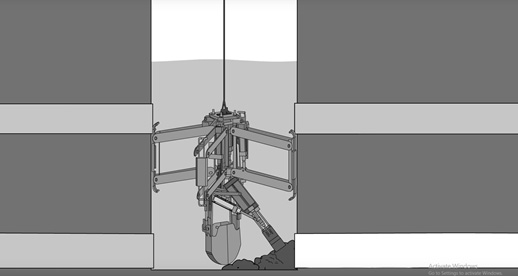A curious story emerges from the way Indian society operates in today’s modern times. Manual sewage cleaning and the profession of sewer cleaners who’ve long been associated with a certain caste and subsequently, a class of individuals has been declared illegal by the Supreme Court of India.
And yet, in cruel twist of we read weekly news like clockwork about manual sewer cleaners falling prey to the practice and perishing in the act. The culprit being the type of sewers-gutters that found widely across India and our systems reluctance to adopt better methods and equipment. Here is a quick look at the no. of deaths reported by State governments under the orders of Supreme Court ruling. The figures are conservative and yet report the blatant disregard with which our citizens are dying which leaves terrorist acts a second rung act at best.
| State | No. of deaths |
|---|---|
| Tamil Nadu | 192 |
| Gujarat | 122 |
| Haryana | 54 |
| Karnataka | 69 |
| Uttar Pradesh | 61 |
| Delhi | 39 |
| Rajasthan | 38 |
| Punjab | 29 |
| West Bengal | 10 |
The lack of coordinated infrastructure, public policy willingness and our casteist behaviour over the generations is liable for these deaths. In large metropolitan cities, manual sewage cleaning is the only way to ensure timely disposal of human waste. Honey suckers or vacuum pumps in operation present a unique solution to the otherwise rampant problem. However, these machines by their design and limited and hence manual sewage cleaners are employed (they are cheaper as well).
The safety and health angle in sewage cleaning can be isolated within these factors:
A professional and sensitive outlook dictates a clear 3-point action plan to counter these factors, which are:
Most of you might find it a tad fancy to assign the sewer cleaning job a similar significance as to hazardous industrial environments but in the face of fatalities observed on our streets each day – this would not constitute as a hyperbole.
The other aspect to take into account is robotics and automation. Sewer cleaning as a job has been stigmatised for centuries and robotic automation can ensure a better success rate than wasting lives of valued individuals (just in the name of cheaper labour).
Bandicoot robot was officially inducted by the Kerala state government to revolutionise sewage cleaning especially via manhole entry. This tripod like design can:
All of these functions are achieved by sensor-guided robotics arms and functional limbs that can effectively do the work of 3 labourers who are generally employed in tandem to ensure waste removal.
What’s more in this case is the camera assisted function that a human pilot can observe and then direct the robot to act accordingly.

With the increased populations and subsequently increasing budgets of municipal councils – such innovations can not only save countless lives but also ensure that the services rendered are up-to-the-mark.
This issue however requires more than just technological and mechanical aids – a policy level change in the way we conduct this ‘business’ needs to be introduced and enforced.
There is a keen interest in the recent years to ensure a just and equal treatment from all quarters, maybe it is time for us to understand and fully develop a mechanism to tackle the manual scavenging operations.
While a constitutional ban is firmly in place, a societal approach needs to be introduced to sensitise communities and alleviate human misery. There cannot a be place for such a maligning practice forced upon by one human onto another -especially in a socio-political setup which seeks to address such predicaments.
On the management side of the problem, more and more municipal corporations need to rethink the way sewage lines and access points are being constructed. Not all geographies are same and therefore a terrain template based modelling can help understand the genuine and outstanding needs to eradicate manual sewage cleaning and scavenging.